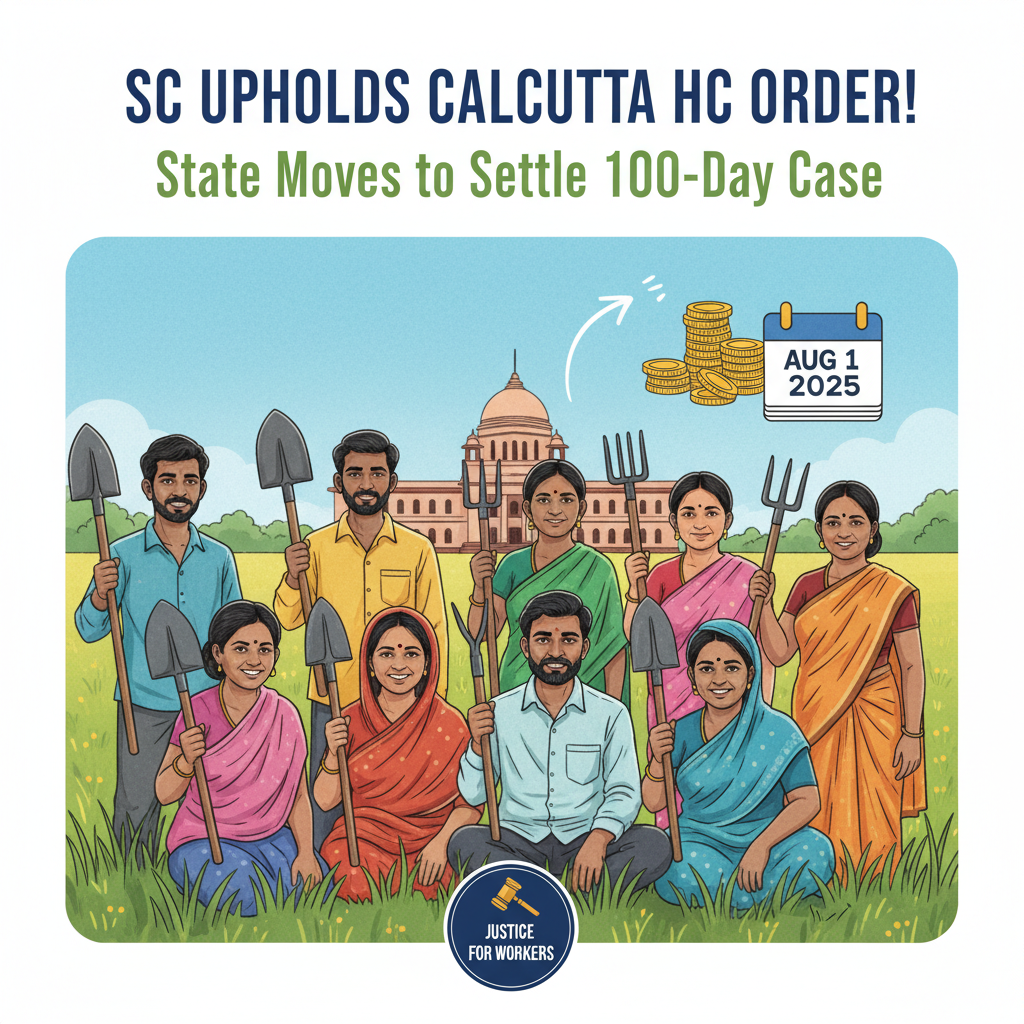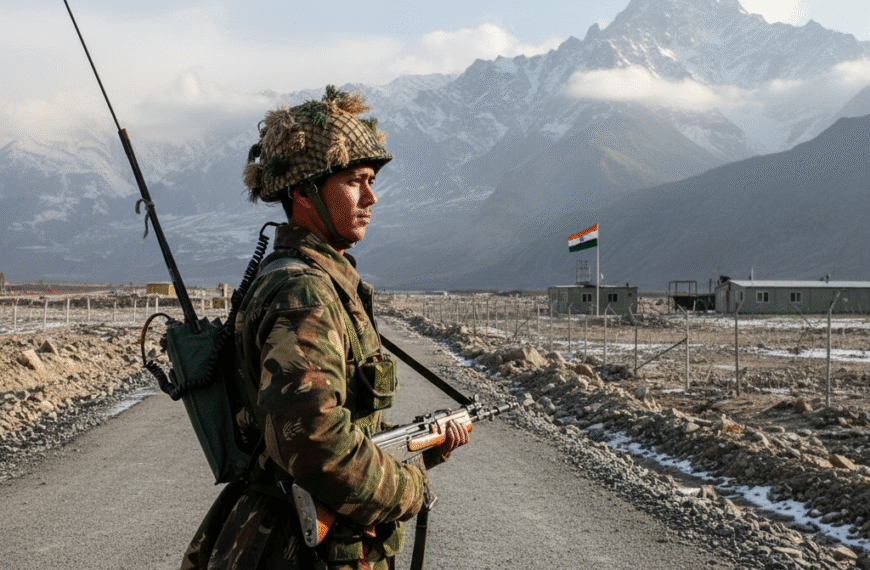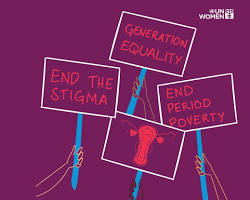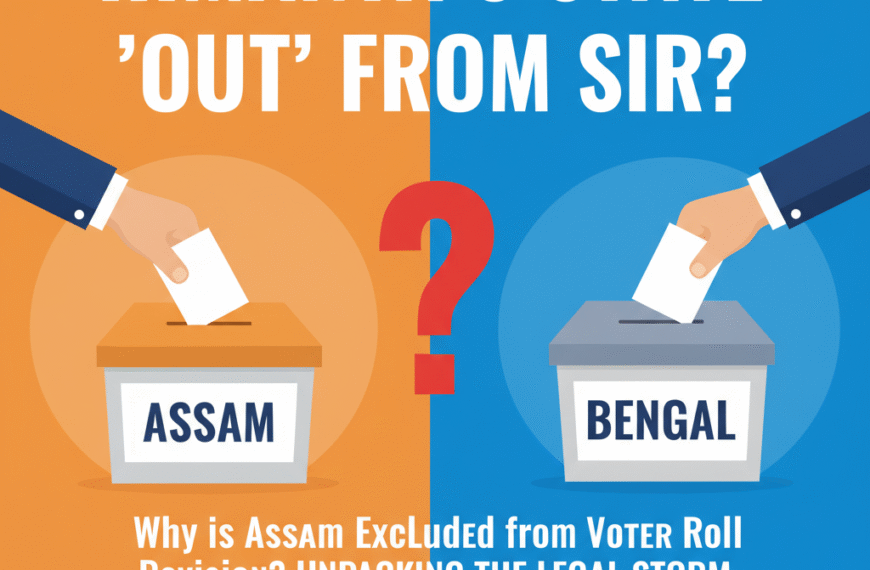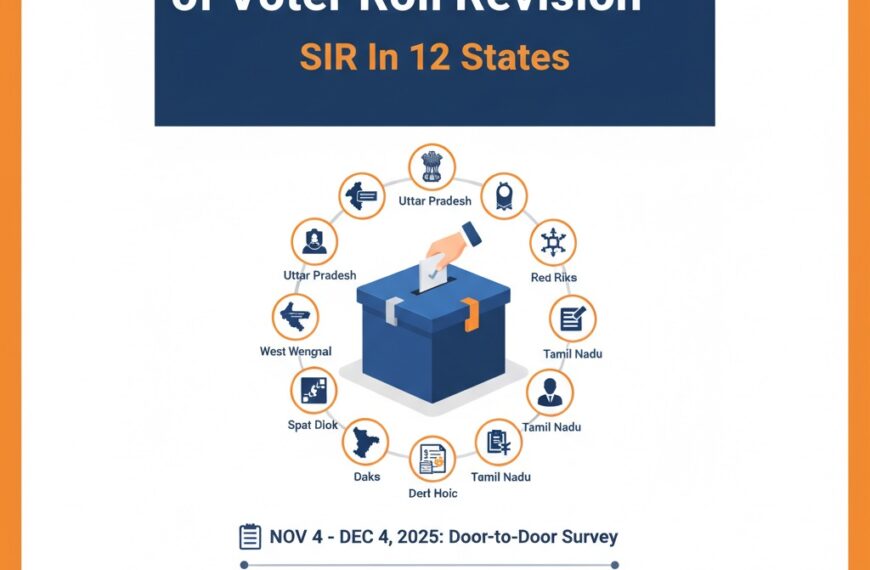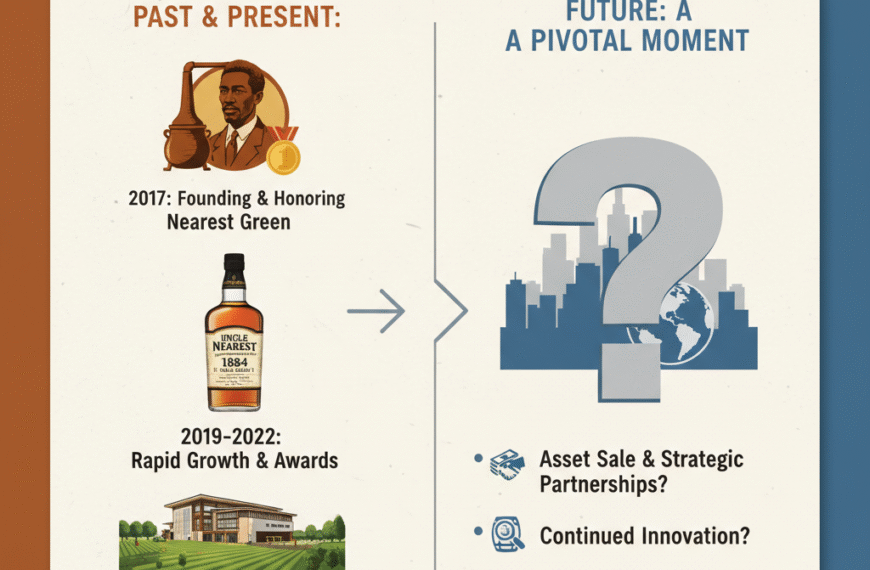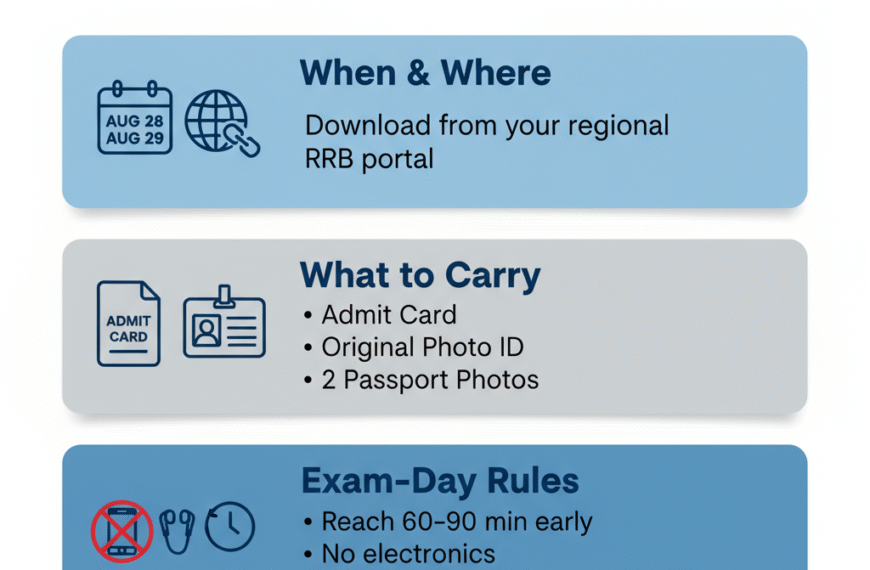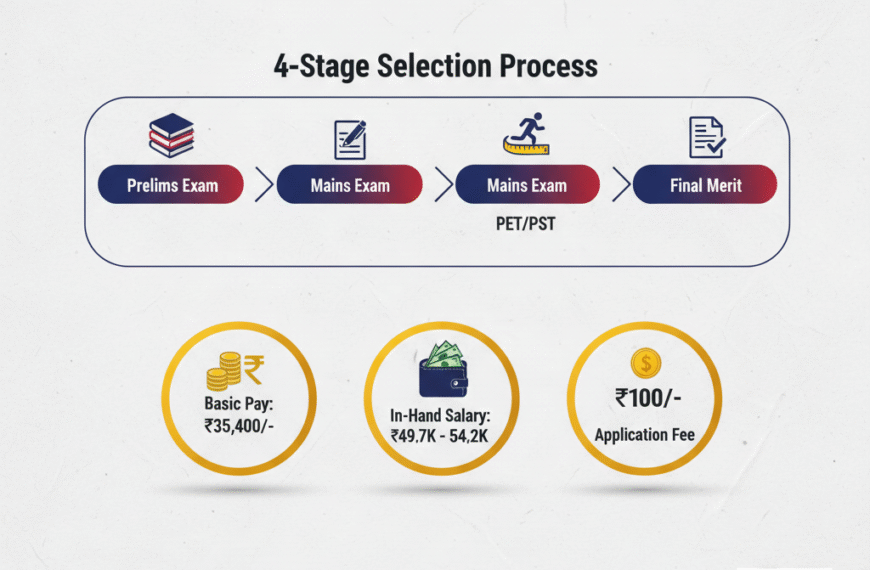The Calcutta High Court’s directive to resume the 100-day job scheme, upheld by the Supreme Court, has triggered immediate action from the state government. Discover the next legal steps being taken to settle the long-pending case and disburse funds to millions of rural workers.
The protracted legal and political battle over the 100-day pending case, concerning the funds for the Mahatma Gandhi National Rural Employment Guarantee Act (MGNREGA) scheme in West Bengal, has reached a critical juncture. Following the Supreme Court’s emphatic dismissal of the Centre’s plea challenging the Calcutta High Court’s directive to resume the scheme, the state government has wasted no time. The immediate action is a move to petition the Calcutta High Court itself, seeking a definitive settlement and compliance framework. This dramatic development highlights the judiciary’s role in protecting the rights of the rural poor and places the onus firmly on both the state and the Centre to execute the scheme without further delay. For millions of workers who have been deprived of their wages and work for years, this is a monumental moment promising a significant victory for social justice and the rule of law.
Introduction: The Verdict That Shifted the Tides
For over three years, a political deadlock resulted in an “economic blockade” against West Bengal, as the Centre withheld funds for the MGNREGA scheme—a crucial lifeline guaranteeing 100 days of employment for rural households. This suspension, initiated in 2022 citing allegations of irregularities, affected nearly 2.5 crore rural workers in the state. The legal fight began with a writ petition filed by groups representing the rural poor, and it culminated in a landmark order by the Calcutta High Court on June 18, 2025.
The High Court observed that the scheme “does not envisage a situation where the scheme will be put to cold storage for eternity,” and directed the Central government to resume its implementation prospectively from August 1, 2025. When the Centre challenged this in the apex court, the Supreme Court, on October 27, 2025, refused to interfere, thus upholding the Calcutta High Court‘s order. This decisive ruling has created an immediate legal mandate, compelling the state to pursue settlement of the 100-day pending case to ensure rapid compliance. The state’s action signals an intent to leverage the judicial victory to quickly unfreeze the funds and restart the essential employment guarantee.
I. The Supreme Court’s Affirmation: A Non-Negotiable Mandate
The Supreme Court bench, in dismissing the Special Leave Petition (SLP) filed by the Central government, delivered a powerful message: welfare schemes cannot be indefinitely stalled. The bench clarified that while the Centre remains “fully empowered to impose special conditions, restrictions and regulations” to check corruption, the scheme itself must continue.
Upholding the High Court’s Rationale
The Supreme Court’s decision was rooted in the common-sense and humanitarian principle established by the Calcutta High Court:
- Segregation of Issues: The High Court wisely separated the issue of past corruption (which the Centre is allowed to investigate) from the prospective implementation of the scheme. The past irregularities, it held, cannot be a justification for the future denial of work and wages to genuine beneficiaries.
- Welfare Cannot Wait: The core objective of the MGNREGA—to provide a safety net for the rural poor—was prioritized. The court acknowledged the hardship caused by the non-payment of wages since December 2021.
- Prospective Implementation: By directing the scheme’s resumption from a fixed date (August 1, 2025), the High Court provided a clear, non-negotiable deadline, which the Supreme Court has now cemented.
This legal victory is seen by the state and civil society groups, like the Paschim Banga Khet Majoor Samity (PBKMS) who first petitioned the court, as a vindication of the people’s right to work.
II. State’s Immediate Move to the Calcutta High Court
With the Supreme Court’s stamp of approval, the state government’s legal team has moved swiftly. Their objective is to file an application, possibly a compliance petition or a plea for further directions, before the very Calcutta High Court that issued the original order. The goal is to set the ball rolling on the final settlement and execution.
Legal and Administrative Objectives of the State
The state’s petition is expected to focus on two major areas: the settlement of the 100-day pending case (the disbursement of past dues) and the creation of a robust monitoring framework for the future.
A. Disbursing Pending Wages
The most pressing concern is the release of the massive backlog of unpaid wages. According to a statement by a Union Minister in 2023, the Centre’s share pending for West Bengal under just two schemes, including MGNREGA, was over Rs 13,900 crore. The state’s claim is even higher, reaching Rs 18,000 crore under various rural development schemes.
The state’s move to the Calcutta High Court aims to:
- Seek Clear Timelines: Request the High Court to lay down a strict timeline for the Central government to release the pending funds.
- Define Compliance Mechanism: Ask the court to specify a clear, audited procedure for the immediate disbursement of these funds to the affected rural workers.
- Address ‘Fictitious’ Beneficiaries: Reiterate the court’s directive that strict action must be taken against those found to have received wages illegally, but without holding up payments to genuine, honest workers.
B. Ensuring Future Compliance and Transparency
The court’s judgment is not just about the past; it’s about establishing a framework for the future. The Centre’s initial justification for stalling the scheme was allegations of corruption. The state’s move is a strategic attempt to demonstrate its commitment to transparency under judicial scrutiny.
- The High Court had empowered the Centre to impose special conditions for West Bengal. The state’s petition can proactively seek the court’s help in formalizing these conditions to avoid any future administrative roadblocks.
- It is crucial to set up a judicial or court-monitored oversight body for a set period. This mechanism could ensure funds are utilized correctly, thereby bypassing the political deadlock.
III. The Path to Settlement: Challenges and Opportunities
The path forward for the Calcutta High Court and the state in settling the 100-day pending case is laden with challenges but also presents an unprecedented opportunity for administrative reform.
A. The Challenge of Political Cooperation
Despite the Supreme Court’s ruling, the inherent political friction between the state and the Central government remains a major challenge. The court can pass orders, but successful execution depends on the administrative will and cooperation of both tiers of government.
Quote for Authority: As senior advocate and TMC MP Kalyan Bandyopadhyay noted following the SC dismissal, the judgment highlighted the Centre had been “wrongfully withheld funds against the interests of the people of Bengal.” The immediate legal move by the state is a push to translate this judicial clarity into swift administrative action.
B. Opportunity for Systemic Reform
The High Court’s intervention offers an opportunity to introduce systemic reforms in the MGNREGA implementation in West Bengal, making it a model for other states facing similar Centre-State fund disputes.
| Existing Challenge (Pre-Suspension) | Proposed Judicial-Administrative Solution |
| Allegations of Misappropriation of Funds | Court-monitored third-party audit of expenditure. |
| Non-compliance with Central Directives | High Court-approved “Special Conditions” for implementation. |
| Delay in Wage Disbursal | Direct transfer of wages with real-time digital tracking, mandated by the court. |
Image Suggestion
IV. Broader Legal and Socio-Economic Implications
The prompt action by the state in the Calcutta High Court seeking to settle the 100-day pending case has far-reaching implications beyond Bengal.
A. Protecting Federal Principles
This case has reaffirmed the principle that the Union Government cannot use the power to withhold funds as a political weapon or to put a welfare scheme in abeyance indefinitely, even on grounds of alleged corruption. It underscores the judiciary’s role as the final arbiter in financial disputes between the Centre and a state government, particularly where the welfare of the most vulnerable is at stake. For further reading on this topic, see: [Internal Link: Legal Analysis of Centre-State Financial Disputes in India].
B. Relief for Rural Economy
The resumption of work is a massive injection of economic activity into the rural economy. Given the magnitude of the pending amount—over ₹13,900 crore as per official records—the immediate disbursement will provide a much-needed boost, stimulating local consumption and providing a safety net against poverty. The MGNREGA is crucial for women, who constitute a large percentage of its workforce, impacting social indicators like malnutrition and rural migration. For a deeper understanding of the scheme’s impact, check: [External Link: Ministry of Rural Development, MGNREGA Website].
Conclusion: A New Dawn for Rural Workers
The combination of the Supreme Court’s firm ruling and the state’s immediate initiative in the Calcutta High Court marks a decisive moment in the 100-day pending case. The judicial process has successfully cut through the political knot, delivering a non-negotiable mandate for the resumption of work and the clearance of dues.
The state’s prompt petition to the High Court is a smart legal strategy to finalize the settlement and compliance framework. It compels all parties to move from litigation to execution. For the millions of impoverished rural workers, this is more than just a legal victory; it is the restoration of their dignity, livelihood, and the right to work.
The battle is won, but the execution starts now. The judiciary will continue to oversee the process, ensuring the benefits of the scheme finally reach the intended beneficiaries.
Call to Action (CTA)
Stay informed on the next steps in this monumental case! Subscribe to our newsletter for real-time updates on the Calcutta High Court’s directives and the progress of the 100-day work resumption. Share this article to highlight the importance of judicial intervention in protecting welfare rights!
External Resources
- Supreme Court of India Official Judgments Portal: [External Link: SC e-Courts Judgments Portal]
- Paschim Banga Khet Majoor Samity (PBKMS) Official Statements: [Internal Link: PBKMS – Workers’ Rights Advocacy]
